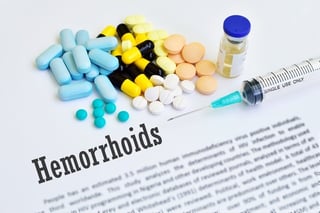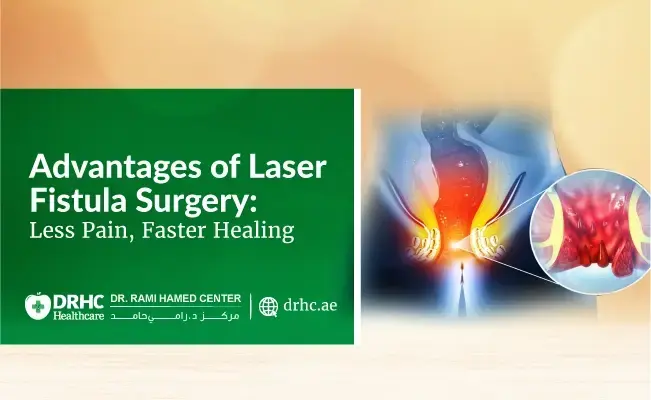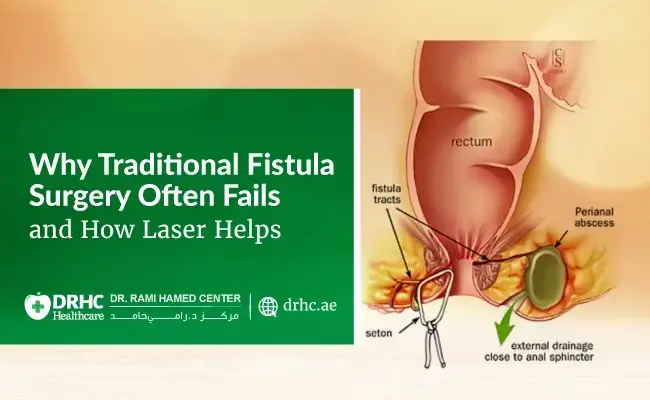The choice of the specific surgery generally depends on the surgeons’ analysis of the patient condition and their medical history. In order for the patients to have a better understanding of what to expect from a specific type of surgery, it is essential for them to know what’s the difference between Doppler guided surgery and haemorroidectomy surgery.

Doppler Guided Surgery
- This is a type of transanal hemorrhoidal dearterialization procedure that offers a novel solution for treatment of internal hemmorrhoids that might cause engorgement, prolapse and bleeding.
- The procedure involves the use of a specially designed proctoscope that comes with an integrated Doppler transducer and a lateral ligation window.
- The proctoscope sends out arterial signals which are clearly audible when it is positioned directly above the hemorrhoidal artery. The lateral ligation window is then used to place a stitch in the shape of figure of eight for suturing the arteries that supply blood to the haemorrhoids.
Hemorrhoidectomy Surgery
- This is another form of THD procedure which involves the tying off of the swollen vein inside the haemorrhoid to prevent it from bleeding. The haemorrhoid is the removed.
- The procedure is performed by making incisions in the tissue around the haemorrhoid and then using a scalpel, cautery pencil or even laser for removal of the haemorrhoid. In some cases, the surgeons might also use a circular stapling device to remove the hemorrhoidal tissue, which is known to minimize the pain and other related THD surgery complications.
Which option is better?
- Both Doppler guided and hemorroidectomy surgery options are extensively used for treatment of piles and there is no definite reason to put one above the other. According to THD haemorrhoid surgery reviews, each procedure is suitable for the treatment of patients with specific issues.
- They differ only in the manner in which the blood supply to the haemorrhoid is cut off and the tools used for the performance of the procedure. But almost all the other aspects of both the procedures are same and the final decision about which method will prove most beneficial for which patient, rests with the surgeon.
What to expect after the surgery?
- Whether the patients are treated through Doppler guided or hemorrhoidectomy procedure, they will be administered a dose of local or general anaesthesia. Therefore once the surgery is over, the patients will feel some numbness or even nausea for several hours, which is one of the common THD surgery side effects. This is because the anaesthesia takes 6-12 hours to completely wear off to facilitate pain relief after the surgery.
- As such, the patients, who do not intend to stay at the hospital overnight, should make sure that they are accompanied by a family member or friend and that they do not drive home on their own.
Post Surgical Care
- In order to avoid any complications during the THD surgery recovery process it is important for the patients to do regular follow-up exams with their doctor after 2-3weeks.
- Application of ice packs to the anal area and soaking it frequently in warm water can help to provide effective relief from pain, swelling and muscle spasms.
- The patients should eat only bland diet and should consume large quantities of liquid at least for a few days after the surgery and gradually shift to normal diet for a more effective THD haemorrhoid surgery recovery process.
Topic: Proctology





.jpg)

.webp)

.webp)

Leave a comment